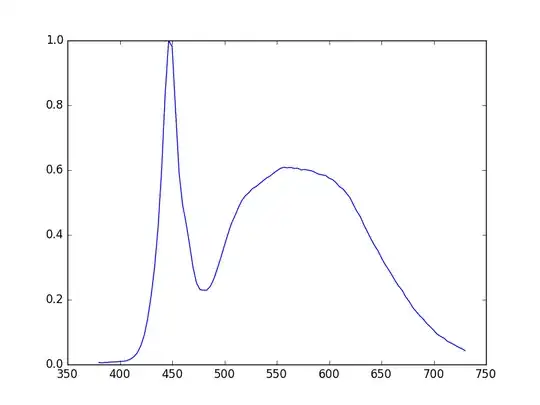I’m very interested in LED lighting and the different spread of wavelengths that are produced compared to other types (like tungsten).
Given that a White LED bulb actually produces 3 different peaks in the Red, Green and Blue wavelengths. Why do we never experience artefacts of this in reality?
For example, suppose I put an Orange in a room and light it with a tungsten bulb. Let us suppose that it reflects only a very small band of wavelengths between 600 and 610 nm. The light bounces off the fruit and reaches my eye. The light stimulates (mainly) my Red and Green sensors and I perceive this colour as Orange.
However, if illuminated by R, G, B light with the Green at 530 nm and the Red at 680 nm, there will be NO light of the right wavelength available for reflection from the Orange and it will appear BLACK.
Yet we never see this effect, even to the slight degree that a colour would look “odd”. Is this purely because ALL colours around us are – by pure chance – very good at reflecting a wide band of colours AROUND their perceived colour which happens to include the RGB peaks – or is there some other effect taking place?
When an LED bulb has a frosted envelope enclosing it, does this have the effect of spreading the spectrum, or are the peaks still equally distinct after passing through the envelope? In other words, can the envelope shift the wavelength of some of the light on the way through?

